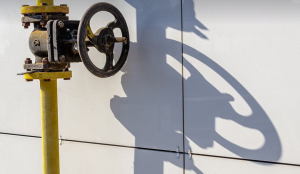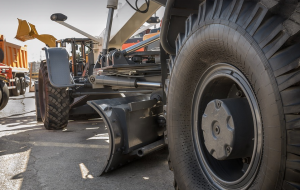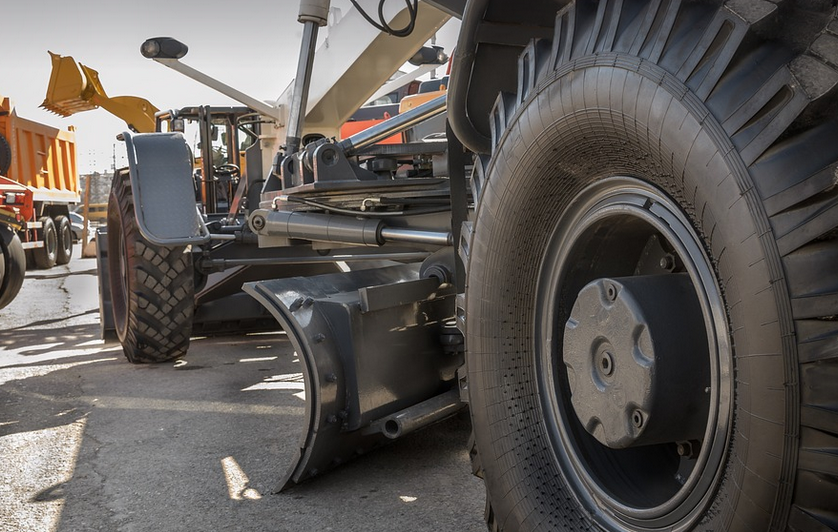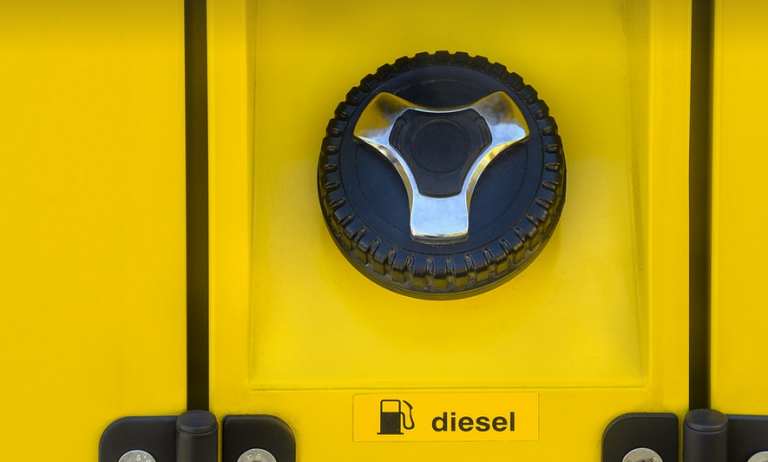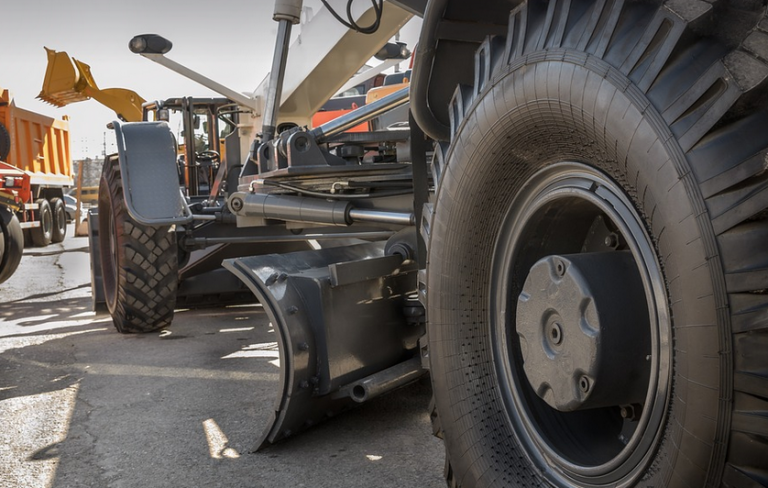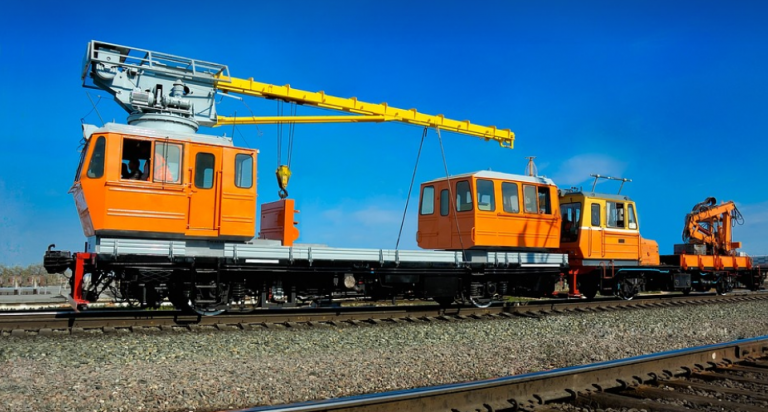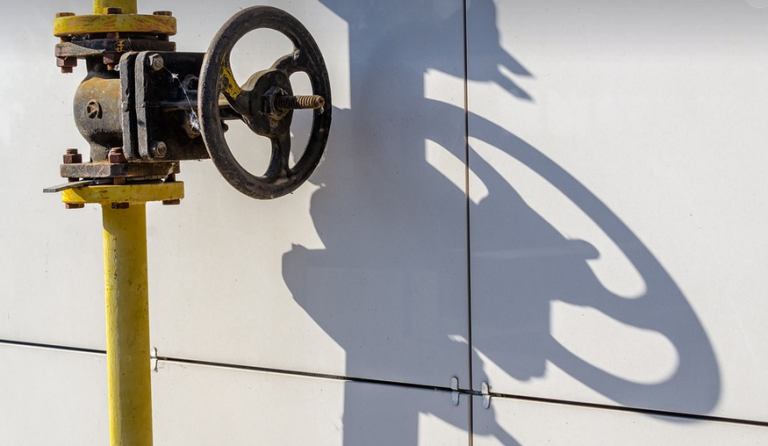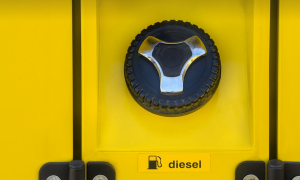What is Welding Wire, anyway?
Imagine a tiny artist’s brush capable of melting metal together. That’s essentially what welding wire is! It’s a thin, coated strand of metal that gets melted by an electric arc to join pieces of metal in various welding processes. You can think of it as the “painting” part of a construction project – without wire, those metal pieces wouldn’t truly be joined.
Why Do We Need Different Types of Welding Wire?
Like any tool, there’s no one-size-fits-all when it comes to welding wire. The type you choose depends on the specific job at hand, and sometimes even what kind of metal you’re working with. Think about it: if you were building a skyscraper, you wouldn’t use the same wire as you would use for repairing your bike, right?
Different types of welding wires offer varying levels of strength, heat resistance, and even performance in different scenarios. Let’s explore some key categories:
1. By Metal Type
Firstly, it’s important to remember that the type of welding wire is directly linked to what metal you’re working with. Here are a few common examples:
* **Mild Steel:** This is your everyday workhorse – cheap and readily available, perfect for projects like building fences or fixing up a rusty old car. * **Stainless Steel:** The high-quality steel used in appliances, medical equipment, and other demanding applications where corrosion resistance is critical. It requires specialized welding wire with higher melting points and more tensile strength. * **Aluminum:** Lightweight but strong, aluminum is often favored for automotive parts and aircraft manufacturing. Aluminum welding wire comes in different versions – some even offer improved weld penetration to tackle this metal’s inherent challenge.
2. By Welding Process
Welding wires are categorized based on the type of welding process they work best with:
* **MIG (Gas Metal Arc Welding):** Known for its speed and versatility, MIG uses a wire electrode fed through a gas shield to create a weld. * **Wire diameter:** Commonly found in .035-inch or .045-inch gauges, with the thicker gauge being more robust for heavier materials. * **Gas shielding:** MIG relies on an inert shielding gas like CO2 to protect the weld pool from atmospheric contamination. * **TIG (Tungsten Inert Gas):** TIG is a precision welding process known for its high quality and control, and often used when working with thin materials or high-precision parts. * **Wire diameter:** Available in a range of diameters that depend on the specific welding task. * **Shielding gas:** TIG usually uses argon as the shielding gas to prevent contamination. * **Stick (SMAW) Welding: ** This process requires an electrode with a carbon coating and is typically used for thick steel work where greater heat input is needed. * **Wire diameter:** Commonly found in .035-inch or .060-inch gauges, with the thicker gauge providing more power with higher amperage.
3. By Wire Composition
Beyond the basics of metal type and process, there are a few other important factors to consider when choosing welding wire:
* **Flux Coated Wires:** These wires have a coating that neutralizes the weld pool’s chemical reaction and helps control oxidation. * **Different types:** You can find them coated with different fluxes like aluminum oxide or magnesium oxide. * **Core Wire Composition:** The wire’s core material plays a crucial role in its welding quality and performance (e g., low-carbon steel wire vs. stainless steel wire).
Tips for Choosing the Right Welding Wire
To ensure you make the best choice, consider these tips:
* **Project requirements:** Define the type of welding, the thickness of your material, and desired weld quality. * **Metal Type:** Choose a wire specifically designed for the metal you’re working with. Don’t try to use one kind of wire for all metals. * **Welding Process:** Align the wire choice with your chosen welding process – MIG, TIG, or stick (SMAW). * **Wire Diameter:** The diameter will impact the amount of heat released into the weld and how fast you can complete the work. * **Flux Coating:** If needed, choose a flux-coated wire that complements your specific welding application. * **Test Your Wire:** It’s always good to practice with a small test weld before tackling a big project. This will give you an idea of how the wire performs in your hands and on your chosen material. Let me know if you have any other questions about welding wire, or just want to chat about your next welding project!








